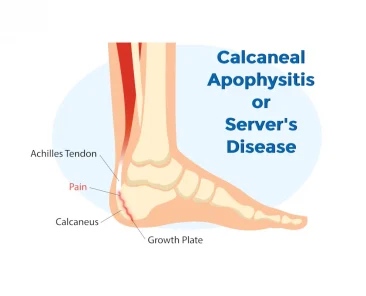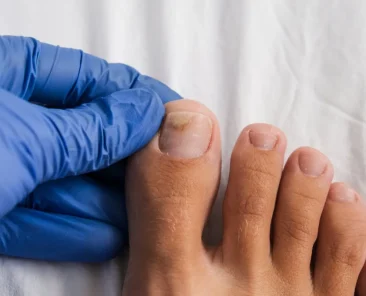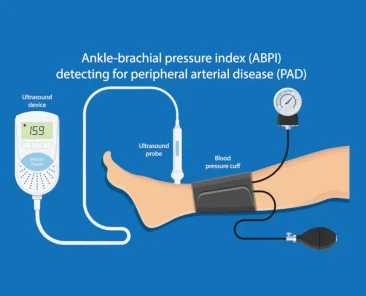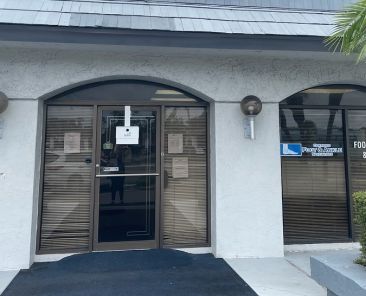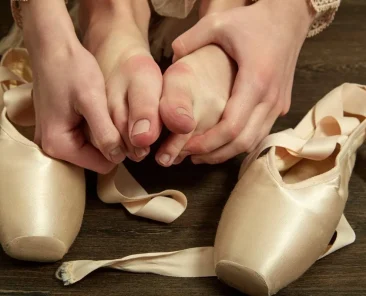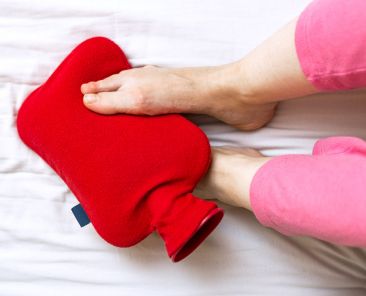If your active child has been complaining about heel pain, especially during or after sports activities, they might be experiencing calcaneal apophysitis, also known as Sever’s disease.
Sciatica, often characterized by sharp, shooting pain that radiates down one leg, is caused by irritation or compression of the sciatic nerve. The sciatic nerve, which runs from the lower back, through the hips, and down each leg, can become inflamed due to conditions such as herniated discs, muscle imbalances, or piriformis syndrome.
When it comes to understanding foot growth, many people wonder when their feet will finally reach their adult size. For most individuals, foot growth typically halts in the teenage years, but there are several factors that can influence this process, from genetics to body weight.
Hydrogen peroxide is widely known for its antiseptic properties, which help to kill bacteria and fungi. As a powerful oxidizing agent, it releases oxygen when it comes into contact with affected skin or nails, effectively killing the fungus that infects nails.
The Ankle Brachial Index (ABI) is an easy, painless test that checks circulation and helps diagnose peripheral artery disease (PAD). This test compares the blood pressure in the arms and legs to determine how well blood is circulating, particularly in the lower extremities.
When it comes to maintaining healthy feet, seeking expert care from a trusted foot doctor is essential. At Certified Foot and Ankle Specialists in Tampa, FL, we provide a wide range of specialized services to address all your foot and ankle needs.
Ballet dancing is a beautiful art form that requires extraordinary skill, dedication, and physical conditioning. However, the demands placed on ballerinas’ feet and ankles can lead to various types of foot damage
Many people experience cold feet at night, and while it might seem like a minor inconvenience, it can sometimes be a sign of underlying health issues. The sensation of cold feet often relates to how efficiently your blood vessels circulate red blood cells throughout your body.
